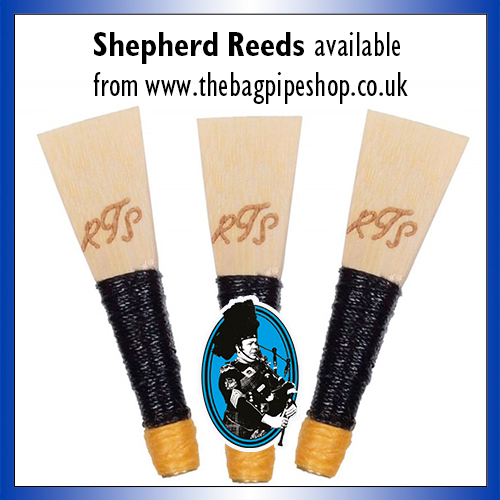
The second part of Alex Carruther’s article on the acoustical environment of the highland bagpipe out of doors has been uploaded to the site today.
In his second part, Alex discusses how nature influences the transmission of sound.
Alex’s piece appeared originally in the Piping Times over August and September 1979 and is still very much pertinent. Indeed, after reading part 1, John R. Patterson, a retired sound engineer from New Zealand contacted us with the following interesting observations that are relevant now more than ever:
“It was a great article and easy to understand. I am glad the author has done all the calculations. By getting all the harmonics of the instrument going in unison, with the phase angle at zero (all the tongues of the drone reed closing and opening at the same time) the law of resonance kicks in and amazing things happen with the propagation of sound waves.
“The author is talking mainly about the ground wave and this is where pipe bands need to start thinking how they project the sound to the audience. For example, Glasgow Green is on the level (Ground Plane Waves) and unless you pay for a seat in the grandstand it really is not enjoyable to listen to because of the ambient background noise (mainly a lot of people talking).
“The author has this ambient noise at 40db, which is correct for a normal, quiet day – I once measured this at 70db on Waverley Bridge in the city centre of Edinburgh. I don’t know what the real figure is on a competition day but I am guessing it would be around the 60db mark.”
John went on to discuss natural amphitheatres – a performance space located in a spot where a steep mountain or a particular rock formation naturally amplifies or echoes sound, making it ideal for musical and theatrical performances – and suggests that in their use of natural amphitheatres, the ancient Greeks had sound propagation correct for outdoors.
Notable natural amphitheatres, said John, include the Drakensberg amphitheatre in South Africa, Slane Castle in Ireland, the Supernatural Amphitheatre in Australia, and the Red Rocks and Gorge amphitheatres in the western United States. “Edinburgh’s Princes Street Gardens, where I played with The City of Wellington Pipe band in 1975,” says John “is also one.

“Pipe bands should move away from the limitations of a marching unit with marching drums forming a circle on the ground plane. They should play into concert formation, unless marching down the street. The circle formation is probably the most convenient but not the best for sound propagation. Also, the bass drum set up is like the ‘foghorn high A’ on band chanters of the modern era.”
Jack Taylor, Aboyne Games’ Piping Convenor, tells due to a withdrawal from the forthcomng online solo piping competition, there is a place available. The competitions is on August 1. Anyone interested in entering will be accepted on a first come, first served basis.
Six Piobaireachd and three MSRs are required and the tunes will be chosen on the day. Jack writes: “An audio recording is made on Games Day – 1st August – and supervised by one of our stewards.
“Contact me on jackandmarytaylor@gmail.com or 07999 955386 and details are on the entry form here.
“We hope to be back on Aboyne Green next year. Can’t guarantee the weather, though.”

Interestingly, the last time Aboyne, like many others, wasn’t able to take place in person was during the Second World War. When the conflict ended they all resumed again in 1946. Regarding Aboyne, the Aberdeen Press and Journal newspaper reported:
14,000 Spectators Drenched at Aboyne. But Revival of Meeting a Brilliant Success.
Piobaireachd – 1. J. B. Robertson, London; 2. R B Nicol Balmoral; 3. G Cruickshank, Stoneywood.
March – 1. J. B. Robertson; 2. G Cruickshank; 3. Pipe Major MacLellan, Auchnashellach.
Strathspey and Reel – 1. J. B Robertson/G Cruickshank; 3. C. D. Scott, Glasgow Police.
Some big names on these trophies, and a greay day for J. B. Robertson.



